Lessons
Our series are curated collections of lessons that walk through a specific topic from beginning to end. Series are a great way to learn a topic in a structured way.



Let's Learn AdonisJS 6 #2.16
Quick Start Apps with Custom Starter Kits
In this lesson, we'll take a look at AdonisJS' bring your own kit feature that allows us to use Git repositories as starter kits when creating a new AdonisJS application.



Let's Learn AdonisJS 6 #2.15
Deleting Items and Flushing our Redis Cache
Not everyone is perfect, and one day you'll accidentally cache bad data and need a way to quickly clear it out. In this lesson, we'll learn how we can create two routes to clear a single Redis key or flush the entire database.

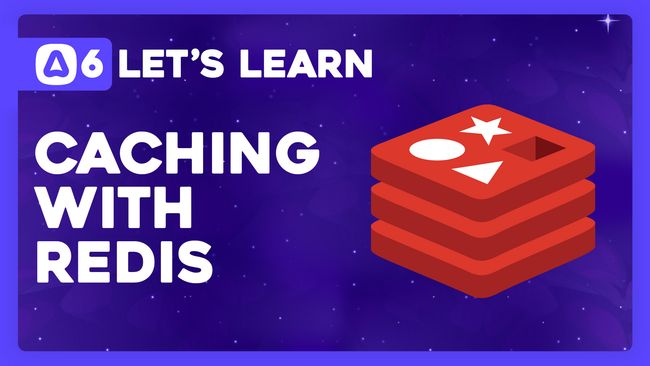

Let's Learn AdonisJS 6 #2.14
Improved Caching with Redis
In this lesson, we'll install and configure the AdonisJS Redis package. We'll then swap out our singleton in-memory cache service with a Redis cache implementation.



Let's Learn AdonisJS 6 #2.13
Environment Variables and their Validation
In this lesson, we'll learn how we can securely store sensitive and environment-based variables using our .env file. We'll also learn how AdonisJS adds type-safety to these variables using our env.ts file as validation.

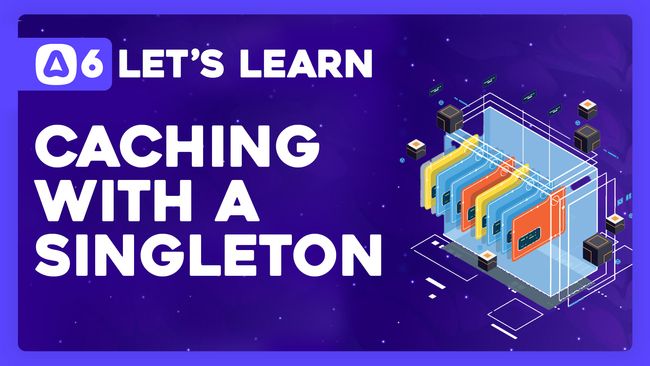

Let's Learn AdonisJS 6 #2.12
Singleton Services and the Idea of Caching
In this lesson, we'll learn about singleton services and how to use them as a store to hold temporary information throughout our server's life by building a simple in-memory caching service.



Let's Learn AdonisJS 6 #2.11
Defining A Structure for our Movie using Models
In this lesson, we'll introduce the concept of models by using one to define the properties our movies should contain. We'll then stub some methods that will mock calls we'll later be able to use to load data from our database.

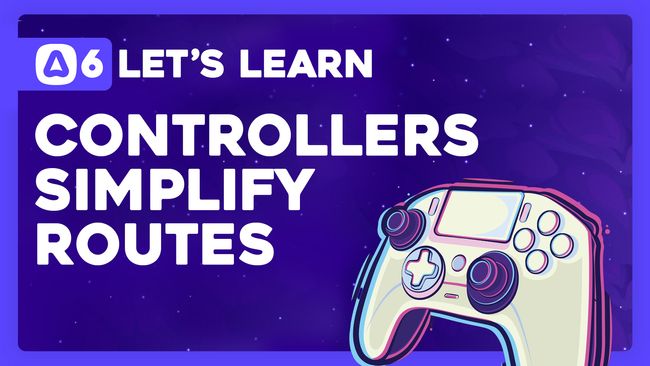

Let's Learn AdonisJS 6 #2.10
Cleaning Up Routes with Controllers
In this lesson, we'll learn what controllers are and how they can be used to drastically simplify our route definitions by allowing us to move our route handlers off the route definition and into the controller.



Extracting Reusable Code with Services
In this lesson, we'll learn about services and how we can use them to extract reusable code in a way that makes it super simple to use throughout your project.



Listing Movies from their Markdown Files
In this lesson, we'll learn how we can list movies and their details directly from our movies directory using a YAML-based declaration called frontmatter.



Reading and Supporting Markdown Content
In this lesson, we'll learn how we can support Markdown content by switching our movies from HTML to Markdown. To do this, we'll make use of the DimerApp Markdown package.

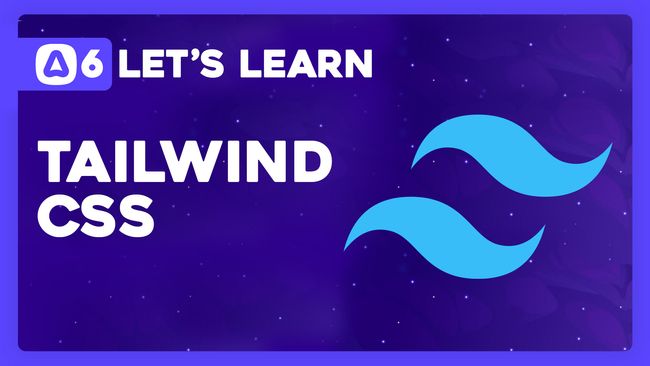

Setting Up Tailwind CSS
In this lesson, we'll learn how to install and configure PostCSS and Tailwind CSS within our AdonisJS 6 project using Vite.

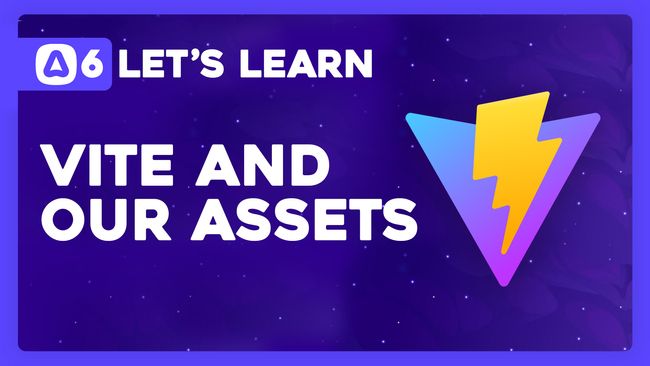

Vite and Our Assets
In this lesson, we'll learn how Vite is integrating into our EdgeJS views to serve our JavaScript and CSS files.

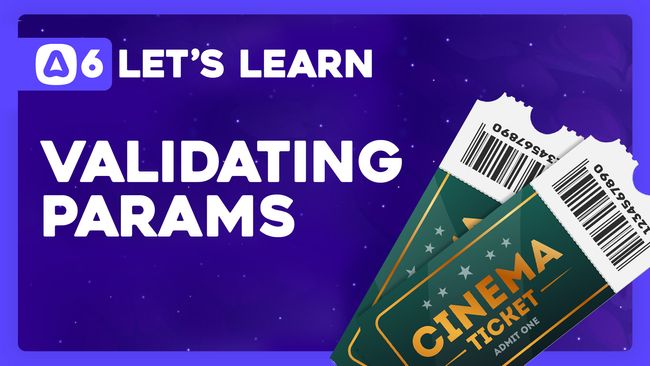

Validating Route Parameters
In this lesson, we'll learn how we can return a 404 Not Found exception when someone tries to view a movie that doesn't exist. We'll then learn how we can validate our route parameters using Regular Expressions or matchers.



Loading A Movie Using Route Parameters
In this lesson, we'll learn how we can reuse a route definition using route parameters to show any item we have for our movie resource.

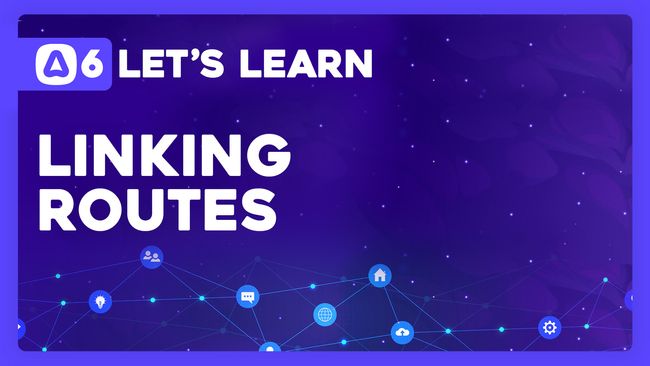

Linking Between Routes
In this lesson, we'll learn how we can link between the routes we have defined in our application. We'll also learn about the importance of HTTP Method verbs and resources to standardize our route definitions.



Rendering a View for a Route
In this lesson, we'll learn how we can use the EdgeJS Template Engine to render HTML views and send them back as the response for our routes. We'll also see how we can pass dynamic data into our views from our route handler.



Routes and How To Create Them
In this lesson, we'll learn how to define routes within AdonisJS and how those routes work.

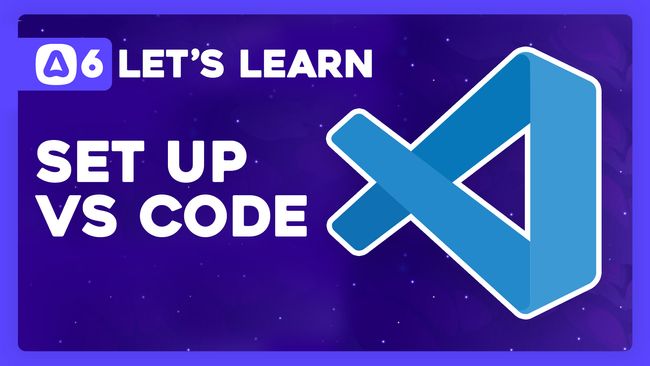

VS Code Extensions and Configuration
In this lesson, we'll install three extensions for VS Code from the AdonisJS Core Team to make our lives easier as we build applications. We'll also configure Prettier and ESLint with auto-formatting and lint fixing on save.
Showing 271 to 288 of 445 results